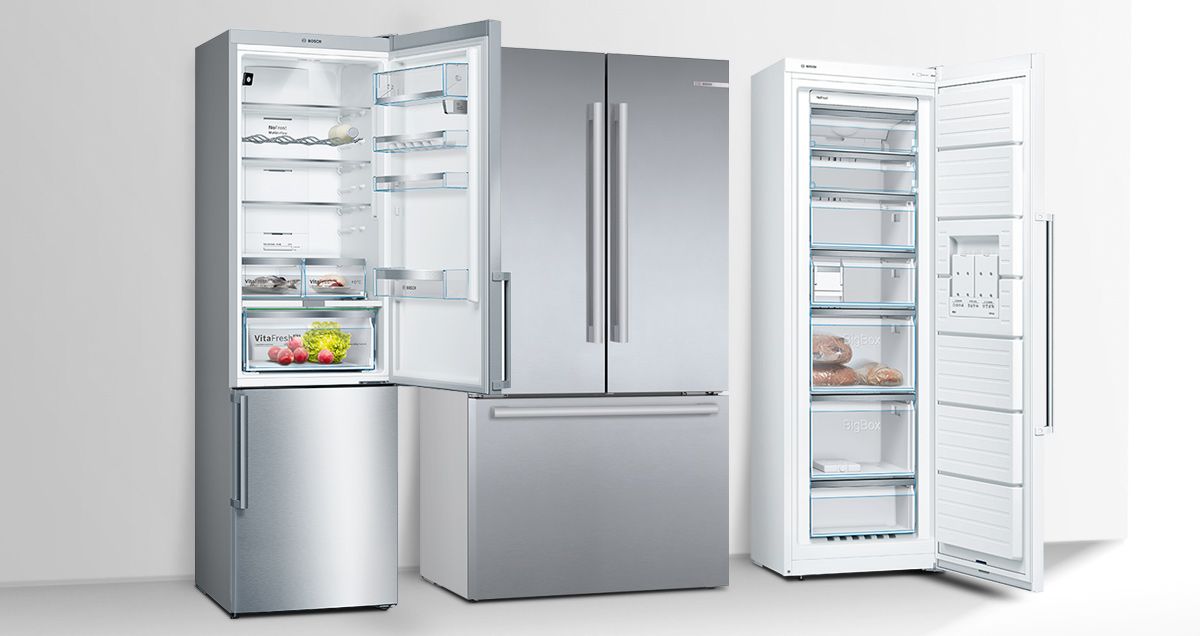
Cool Cuisine: Mastering Home Refrigeration
Efficient home refrigeration is the cornerstone of a well-organized kitchen and fresh, flavorful meals. Explore essential tips and strategies to optimize your home refrigeration and elevate your culinary experience.
Choosing the Right Refrigerator
Selecting the right refrigerator is the first step in mastering home refrigeration. Consider factors like size, layout, and features. French door, side-by-side, or top-freezer—each design offers unique advantages. Assess your kitchen space and personal preferences to make an informed decision.
Organizing for Accessibility
Efficient organization inside your refrigerator is crucial for easy access to ingredients. Designate specific zones for fruits, vegetables, dairy, and meats. Utilize clear containers and labels to keep items visible. Regularly declutter to prevent overcrowding and ensure optimal airflow for consistent cooling.
Temperature Control and Settings
Maintaining the correct temperature is essential for food safety and freshness. Set your refrigerator temperature between 34°F to 40°F (1°C to 4°C) and the freezer at 0°F (-18°C). Use a refrigerator thermometer to verify accuracy. Adjust settings based on seasonal changes and the quantity of items stored.
Preventing Food Waste
Home refrigeration plays a vital role in reducing food waste. Regularly check expiration dates, and practice the “first in, first out” rule. Keep a well-organized inventory to minimize overlooked items. Proper storage and organization help extend the shelf life of perishables.
Maximizing Freezer Efficiency
The freezer is a valuable asset for preserving food. Organize items with careful consideration of available space. Use airtight containers and freezer bags to prevent freezer burn. Regularly defrost manual-defrost freezers to maintain efficiency and prevent ice buildup.
Cleaning and Maintenance
Regular cleaning and maintenance are key to the longevity and performance of your refrigerator. Clean spills promptly, wipe down shelves, and vacuum the condenser coils. Check and replace gaskets if they show signs of wear. Schedule professional maintenance to address internal components and ensure optimal efficiency.
Energy Efficiency and Sustainability
An energy-efficient refrigerator not only reduces utility bills but also contributes to environmental sustainability. Look for ENERGY STAR-rated appliances and consider features like LED lighting and advanced insulation. Proper maintenance, such as dusting coils, ensures ongoing energy efficiency.
Incorporating Smart Refrigeration
Smart refrigerators offer advanced features like temperature control via smartphone apps, inventory tracking, and even recipe suggestions based on your inventory. While these features add convenience, they also contribute to efficient organization and reduce food waste.
Arranging for Airflow
Proper airflow is essential for even cooling throughout the refrigerator. Avoid overpacking shelves, as it can obstruct airflow and lead to uneven temperatures. Allow space between items for air circulation. Position perishable items strategically to benefit from consistent cooling.
Investing in Additional Refrigeration Solutions
Consider supplementary refrigeration solutions based on your needs. Wine coolers, beverage refrigerators, or compact refrigerators can enhance storage capacity for specific items. These additions help maintain optimal conditions for different types of food and beverages.
For expert guidance on mastering home refrigeration and a wide selection of quality appliances, visit Home Refrigeration. Our knowledgeable team is dedicated to helping you optimize your kitchen refrigeration for a cool and efficient culinary experience.
